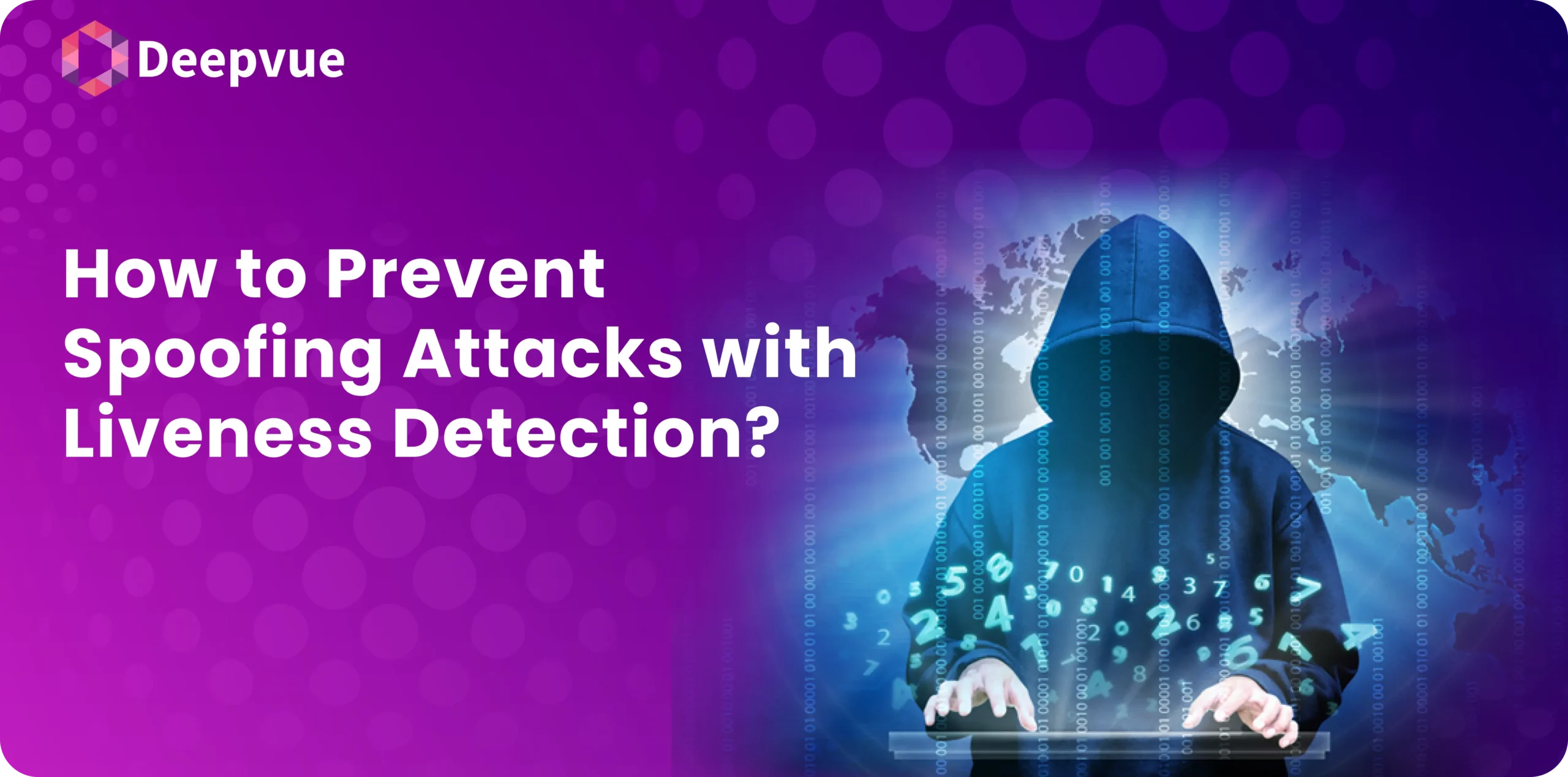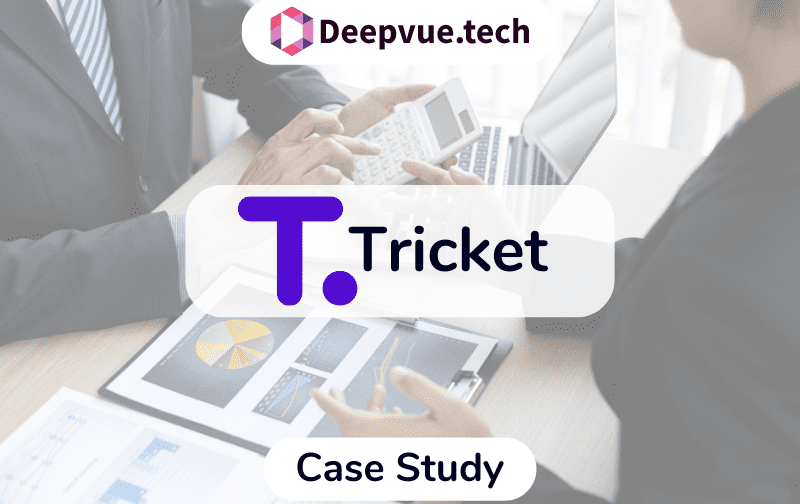India’s banking system has been incredibly resilient in recent years. According to the Reserve Bank of India (RBI), the gross non-performing assets (GNPA) ratio decreased to a 13-year low of 2.5% as of September 2024 from 2.7% as of March 2024. Net NPAs also reduced to 0.57% from 0.62%, reflecting better loan-loss provisions and enhanced asset quality across the board.
Although these numbers indicate a healthier lending scenario, they are deceptive. The truth is that lenders today still only recognize risk when it already occurs in the form of delayed EMIs, defaults, or violated NACH mandates. This reactive strategy is not working well, as it compromises financial security while also eroding customer confidence and operational efficiency.
In this blog, we discuss the different costs of risks lenders tend to recognize too late and how they have tangible economic costs of delayed risk recognition.
What Do We Mean by “Late Risk Discovery”?
It began with a missed EMI.
Pranav Mehta, a 32-year-old salaried professional, had a ₹4,600 EMI scheduled on the 5th of the month. The payment didn’t go through. There was no alert in the system yet—just an automated nudge. Perhaps a salary credit delay? Maybe an oversight?
Onboarding data showed him as a prime borrower: three years in a stable job, clean credit history, steady income. A personal loan of ₹5 lakhs had been sanctioned just six months earlier. Everything about him had been verified. But that bounced EMI was the beginning of something lenders contend with too frequently—a quiet, gradual breakdown of payment capacity that becomes apparent too late.
This is the true cost of late risk discovery: not merely a financial loss, but a missed opportunity to act while intervention would still be effective.
Late risk discovery is the detection of a borrower’s payment risk only after it has expressed itself in missed payments, growing delinquency, or detection of fraud. By that point, options constrict severely:
- Borrowers become difficult to reach.
- Recovery processes are more labor-intensive and costly.
- Regulatory pressure on recovery practices increases.
- The possibilities of restructuring or proactive solutions diminish.
Types of Risk Often Discovered Too Late
1. Repayment Risk
Pranav’s missed EMI was the first time any alert went off in the system. But it was far from the first sign of trouble. Two months before the EMI bounced, his salary credits started showing inconsistencies. On paper, he was still “receiving income.” But from a cash flow standpoint, his EMI, due on the 5th, no longer aligned with his liquidity cycle. By the time the EMI hit, he simply didn’t have enough in the account. Pranav didn’t want to default. He planned to cover it after his next credit. But that delay created a bounce, a fee, and a mark in the system.
The most visible and commonly tracked. But missed EMIs are a lagging indicator. Repayment risk is usually preceded by:
- Salary credits are becoming irregular or lower in value.
- Growing mismatch between inflows and outflows.
- Usage of overdrafts or revolving credit to meet fixed obligations.
If these were flagged early, lenders could reach out to reschedule EMI dates or offer a buffer window. Pranav’s story could have stayed on track.
2. Liquidity Stress
Pranav’s salary wasn’t merely irregular—it was spent before EMIs arrived. Looking at his account history after default found that he had a disturbing trend:
- More than one withdrawal of ₹500–₹1,000 in a single day.
- Wallet top-ups to multiple BNPL apps, food delivery platforms, and gaming subscriptions.
- Funds sent to friends and family as repayment for small borrowings.
Although the gross monthly income hadn’t changed much, Pranav’s net availability for loan obligations had shrunk. Liquidity stress had crept in—not because he lost his job, but because his expenses silently outran his reserves.
Liquidity stress quietly destroys a borrower’s capacity to service, even before the lender flags a formal credit risk. High-frequency micro-expenses and higher wallet refill rates for Pranav indicated overextension—a precursor missed altogether.
Important indicators of liquidity stress:
- Rapid fall in average daily balance.
- Multiple small ATM withdrawals (instead of fewer, larger ones).
- Frequent wallet top-ups or peer-to-peer payments.
- Near-zero or negative balance days before EMI debit.
3. Credit Deterioration Risk
A borrower’s creditworthiness is not static. A clean onboarding score can become irrelevant in 30 days if new obligations are added. External credit behavior changes are sometimes reflected on the credit bureau reports, yet sometimes not so immediately. Borrowers can:
- Borrow money from other lenders after getting the first disbursement.
- Max out credit cards to pay EMIs.
- Shift burdens among several lenders to remain afloat.
Pranav borrowed two more loans—once from a BNPL facility, once from a payday lender—within 45 days of the personal loan. His FOIR spiked across safe levels rapidly, but in the absence of real-time data harmonization, these shifts were not detected until the account reached 60+ DPD.
Account Aggregator-based transaction visibility could have caught this trend within the first 30 days, enabling risk re-evaluation or even a proactive call for financial counselling.
4. Intent Risk
Not all defaults stem from inability. Some are deliberate. Indicators of rising intent risk include:
- Deliberate stalling of repayments despite a sufficient balance.
- Clearing dues only after follow-ups.
- Opening multiple accounts and diverting salary inflows.
Digital breadcrumbs matter. A drop in engagement, login frequency, or communication responsiveness can all be signs. With multi-account visibility or AA data, lenders can detect salary redirection before the second bounce, even send a soft intervention message.
By the time Pranav’s second EMI bounced, he had diverted his salary to a different account. Attempts to reach him went unanswered. Although not outright deceit, this was obvious avoidance. Early identification of intent behavior by way of salary diversion or communication lapses could have initiated pre-emptive action.
5. Fraud Risk
Synthetic identities, falsified income, shell accounts—these often go undetected until default, or worse, until legal escalation. While Pranav’s case was not fraudulent, similar borrowers may pass onboarding filters using doctored statements or inflated income histories.
This is first-party fraud—when borrowers use synthetic documents or manipulated data to pass onboarding. It’s one of the most dangerous forms of risk because it doesn’t look like risk until it explodes.
Verification of real-time bank data or Account Aggregator-based checks for consistency in income can detect this before the money is released. Cross-checking multiple salary credits for several months can identify imitated or exaggerated profiles instantly.
What Happens When You Discover Risk Too Late?
- Higher Defaults: The Timing of detection being late necessarily implies that by the time a borrower defaults, the time for taking preventive action has also lapsed, resulting in increased defaults.
- Increased Recovery Expenditures: Collections at late stages require more expensive and less efficient resources, such as legal proceedings and recovery agents.
- Revenue and Margin Deterioration: Non-performing assets are capital-guzzling and decrease profitability. Higher bad debt provisioning further lowers margins.
- Portfolio Instability: Several high-risk accounts have the ability to disproportionately impact the overall condition of the loan portfolio, particularly within unsecured lending categories.
- Regulatory Non-Compliance: Inability to identify and control threats in advance may result in regulatory actions and closer scrutiny from regulating bodies.
What Proactive Risk Management Looks Like with Deepvue
Rewind the clock on Pranav’s loan.
Imagine a different scenario—one where the signals didn’t go unnoticed.
The first time Pranav’s salary credit arrived late, the system flagged it. The second time, the drop in amount triggered a change in his financial health score. When his expense patterns shifted—more reliance on credit cards, frequent wallet top-ups, and a drop in average balance—a risk signal escalated. Not a panic notification, but a smart, data-driven nudge. Rather than waiting for an EMI to bounce, a customized nudge was sent: “Need a buffer this month? Think about a temporary payment halt.” Or perhaps: “Income change detected—let’s change your debit cycle.”
That’s what proactive risk visibility in action, and that’s where Deepvue comes in.
1. Real-Time Cash Flow Monitoring
From Account Aggregator (AA) streams or permission-based access to borrower bank accounts, Deepvue provides constant insight into earning patterns, expenditure habits, and account balance. This is not raw data—it’s processed into actionable information. A lender can be aware whether salary deposits have turned irregular, whether inflows are diminishing, or whether net balances are moving in a negative direction, well before a default.
2. Dynamic FOIR Recalculation
Traditional FOIR models work off static income and declared liabilities. But reality for borrowers evolves. Deepvue recalibrates FOIR dynamically, considering regularly occurring expenses such as fresh EMIs, increasing card limits, or other BNPL credit. This allows lenders to take timely action when a borrower’s financial commitments are above prudent levels.
3. Financial Stress Score
Deepvue’s financial stress score solution is more than just credit history. It incorporates metrics such as income volatility, trends in monthly surplus/deficit, and behavior flags (e.g., ATM spikes, wallet transfers, salary diversions). This produces a forward-looking picture of a borrower’s financial strength.
4. Intelligent NACH Timing
Instead of executing debit mandates on predetermined calendar dates, Deepvue pushes NACH triggers optimized according to the borrower’s real income behavior. In Pranav’s case, whose pay began arriving on the 7th of the month instead of the 1st, this minimal tweak could have avoided an EMI bounce, saving both the payment history record and the relationship.
5. Early Warning System Integration
Deepvue weaves together several threads of data—real-time account activity, bureau refreshes, payment history—to deliver Early Warning Signals. These are not noisy alerts but staged, contextual notices lenders can act upon: from out-of-band nudges to restructuring propositions to high-touch interaction.
Had such systems been present in the life of Pranav’s credit journey, the result could have been different. When lenders shift from reactive risk discovery to proactive risk monitoring, they not only decrease NPAs but also safeguard customer relationships, facilitate responsible lending, and achieve a sustainable competitive advantage.
Deepvue’s solutions facilitate this transition not only possible, but scalable. To know more about our solutions, contact us here.
How Risk Starts Small—But Escalates Quickly
The challenge is not in the underwriting but in the static risk assessment. Once a borrower has been onboarded, they tend to disappear from view until a payment default.
What’s needed is a shift from a snapshot-based model to a stream-based one, where risk is monitored continuously, and borrower behavior is observed in real-time.
If salary credits had been flagged when they started arriving late, or if a rising FOIR had triggered an alert, or if consecutive months showed expenses outpacing income, early intervention would have been possible. Prompt signals such as these have the potential to provide access for pre-emptive measures, perhaps averting delinquency and maintaining the lender-borrower relationship.
Final Thoughts: The Price of Delay Is Too High
Pranav’s case is not an exception. Geographies, ticket sizes, and borrower types notwithstanding, risk doesn’t come like a thunderstorm—it creeps like a slow leak. When water accumulates at your feet, the hole is deep.
The true cost of learning about risk too late is not only the cost of one default. It’s the compounding effect of lost signals, delayed action, and foregone chances to shield the borrower and the book.
Borrowing has never been risk-free. But in a world where data arrives in real-time, being caught off guard by risk is no longer a necessity—it’s an option.
FAQ
What does “discovering risk too late” mean for lenders?
It refers to identifying borrower risks, like missed EMIs, cash flow issues, or fraud, only after they’ve already caused financial damage. This reactive approach reduces recovery chances and increases costs.
Why is early risk detection critical in lending?
Catching risks early allows lenders to intervene before defaults occur, through restructuring, reminders, or smarter EMI timing, improving repayment and lowering losses.
What are the most common types of borrower risk?
Principal risks are repayment delays, volatility in income, over-leverage, fraud, behavioral warning signs, and unexpected life events such as loss of job or illness.
Can defaults be lowered through early risk identification?
Yes. Through the detection of such signals as delayed salaries, increasing obligations, or shifts in spending patterns, lenders can anticipate and therefore prevent defaults.
How do old credit scoring models fail to deliver?
They evaluate risk at onboarding with static data. They don’t consider evolving borrower behavior or income trends over time, and so are lacking in constant risk visibility.








